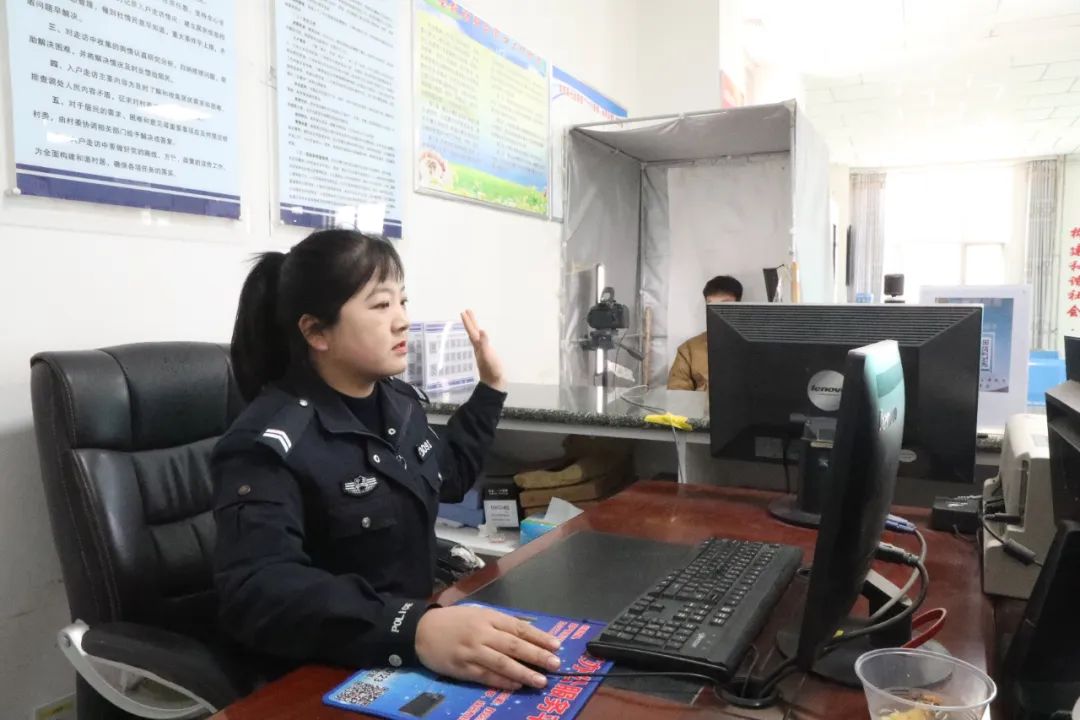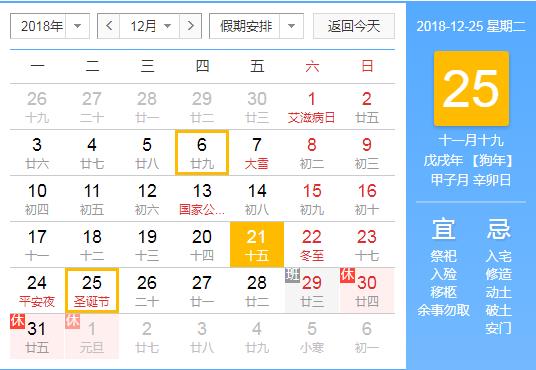World Multiple Sclerosis Day: Correctly Understanding "Beauty Disease" and Helping Patients to Diagnose and Treat Early.

Shanghai News, June 1st (Reporter Chen Jing) May 30th every year is World Multiple Sclerosis Day, which was established by the International Multiple Sclerosis Union (MSIF) in 2009 to arouse the world’s attention to the disease. This year’s theme is "making love accessible, connecting you and me", aiming at strengthening the connection between patients with multiple sclerosis and between patients and society, and helping them gain more understanding and care.
In order to help more people understand Multiple sclerosis, enhance the public’s attention and reduce the burden of patients’ disease management, Professor Yan Xu, chief physician of neurology department of Peking Union Medical College Hospital, Professor Chen Xiangjun, chief physician of neurology department of Huashan Hospital affiliated to Fudan University, and Professor Qiu Wei, chief physician of neurology department of the Third Affiliated Hospital of Sun Yat-sen University, gave scientific answers on the diagnosis and treatment of multiple sclerosis.
Many symptoms are easy to be ignored, so the diagnosis of multiple sclerosis needs urgent attention.
Multiple sclerosis is a chronic and inflammatory demyelinating disease of central nervous system mediated by immunity. According to related research, the incidence and prevalence of multiple sclerosis are affected by geographical distribution and race. China is a low incidence area of multiple sclerosis, with an incidence rate of 0.235/100,000 people per year. At present, there are about 2.3 million patients with multiple sclerosis in the world. At the same time, multiple sclerosis is common in young adults, especially in women, and the number of patients is about three times that of men, so it is also called "beauty disease".
Up to now, there is no clear conclusion about the pathogenesis of multiple sclerosis, which may be related to many factors such as heredity, environment and virus infection. It is precisely because of the rarity of multiple sclerosis that the symptoms of the disease are very strange to the public in the early stage. The Survival Report of Multiple Sclerosis Patients in China, designed by Professor Yan Xu, Chief Physician of Neurology Department of Peking Union Medical College Hospital, shows that in 2019, 97% of patients with multiple sclerosis had never heard of multiple sclerosis when they were diagnosed.
Professor Yan Xu said: "Many patients may have symptoms in the early stage, but they didn’t realize that they had multiple sclerosis and went to the hospital. As a result, the median time from symptoms to diagnosis of multiple sclerosis in China was five years. If the patient begins to receive treatment within half a year of symptoms, the risk of entering disability in the future will be very low. "
Therefore, being alert to early symptoms will help the early diagnosis of multiple sclerosis. However, due to the diverse clinical manifestations of multiple sclerosis, common symptoms include decreased vision, diplopia, limb sensory disturbance, limb movement disturbance, ataxia, bladder or rectal dysfunction, etc., which also brings certain difficulties to the diagnosis.
Professor Chen Xiangjun, chief physician of the Department of Neurology, Huashan Hospital affiliated to Fudan University, said: "The initial symptoms of multiple sclerosis include suddenly being unable to see with eyes and feeling numb and weak on one side of the limb when walking, which is easy to be ignored. At the same time, there are some typical symptoms, such as ataxia, dizziness, unsteady walking, swaying, intonation when speaking, and involuntary eye tremor. It is also necessary to attach great importance to whether there is demyelination of the central nervous system when these symptoms appear. In addition, some symptoms are paroxysmal, such as instant headache or numbness of limbs, and uncommon symptoms such as cognitive dysfunction need to be vigilant. When these symptoms occur in young people, especially when these symptoms persist, you need to find a specialist doctor. "
According to the latest data at home and abroad, the incidence and prevalence of multiple sclerosis are on the rise. In view of this phenomenon, Professor Qiu Wei, the chief physician of the Department of Neurology, the Third Affiliated Hospital of Sun Yat-sen University, explained it from three aspects: first, it may be because the prevalence and incidence of neuroimmune diseases, including other immune diseases, are increasing, which makes the prevalence and incidence of multiple sclerosis included increase; Secondly, it may come from the improvement of the diagnosis level of multiple sclerosis at home and abroad, and the support of new imaging technology and biomarkers for the diagnosis of multiple sclerosis. In addition, the public’s awareness of multiple sclerosis is also constantly improving, which makes more patients exposed, leading to an upward trend in the current incidence and prevalence data.
Make a targeted treatment plan to treat not only the "body" but also the "mind"
At present, multiple sclerosis can not be completely cured, but fortunately, there are already treatment programs around the world to effectively delay the progress of multiple sclerosis. In China, in recent five years, with the continuous improvement of domestic medical insurance policy and rare disease policy, more therapeutic drugs have been introduced from abroad, and the policy support for clinical treatment of patients with multiple sclerosis has been strengthened, greatly improving the accessibility of innovative drugs for multiple sclerosis in China.
With more and more therapeutic drugs, multiple sclerosis has gradually moved to the stage of self-medication and self-management, which makes it more important to choose a reasonable treatment plan. Only by choosing according to the course of disease, symptoms, adaptability and economic situation of different patients can patients benefit the most.
Professor Chen Xiangjun introduced that the treatment of patients with multiple sclerosis is divided into two stages: acute stage and chronic stage, and the treatment objectives of these two stages are different. In the treatment of acute phase, doctors need to quickly reduce the inflammatory process of immunity in vivo and reduce the damage of inflammatory process to the central nervous system as soon as possible. Chronic treatment, that is, remission treatment, is also very important. Because multiple sclerosis is a chronic disease process, it is necessary to choose appropriate disease adjustment and treatment drugs, that is, DMT (disease correction therapy) drugs.
"China’s emphasis on rare diseases has led to the introduction of many DMT drugs into China and is within the scope of medical insurance coverage. At present, some DMT drugs in China include common interferon beta, oral drugs, and antibody drug olfatomazumab. " Professor Qiu Wei introduced that olfatomuzumab has the characteristics of high efficiency and relative safety, at the same time, the dosage is accurate, which is beneficial to the treatment of multiple sclerosis in China to help realize the coverage and management of the whole population and the whole course.
Under the premise of medicine available, how to manage patients with multiple sclerosis at home has also become a common problem for doctors and patients. In the disease management of patients’ daily life, Professor Yan Xu suggested that, first of all, we should correctly establish the understanding of multiple sclerosis, not take it seriously, but not take it too seriously; Secondly, in terms of lifestyle, it is necessary to maintain the normal level of vitamin D, properly bask in the sun and supplement more dairy products; In addition, avoid smoking, control weight and keep proper exercise.
"In addition to paying attention to their own diseases, we also need to pay attention to the physical and mental health of patients, and finally achieve the goal of improving the quality of life of patients. Therefore, at the same time as drug treatment, symptomatic treatment is also needed. " Professor Chen Xiangjun emphasized that correct and active rehabilitation training is very beneficial to restore neurological function. Once there are obstacles in physical activity, or sensory obstacles, or obstacles in bladder and sphincter, we should actively seek correct rehabilitation treatment. Not only that, but also need to manage emotions.
Note: please be sure to indicate the source when reprinting the content of the article!
Editor: Chen Jing








































































